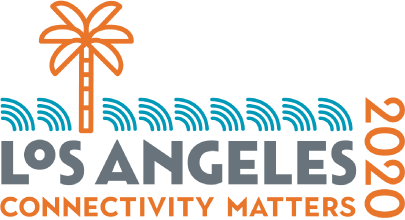Field, Device and Circuit Tech.
This session presents new components, structures, and techniques for various microwave applications. One structure is a new type of metasurface that offers broadband polarization conversion for an incident plane wave. Another contribution is a novel design of a microwave circulator that is based on coupled CRLH lines on a ferrite substrate. A new type of slow wave structure based on nanowires that are incorporated into a substrate is presented. The session also presents an insightful examination of the reactive and radiative regimes for a leaky-wave antenna, and discusses a new way to use leaky-wave antennas for beam scanning.
This session provides an exposition of the recent developments on numerical modeling, optimization, and simulation-driven design for microwave engineering. The presented papers cover a variety of topics, including novel techniques for surrogate modeling of microwave passives, methodological advancements in variability analysis in highly-dimensional spaces, cost function formulation for efficient extraction of circuit parameters, as well as applications of surrogate modeling techniques for design optimization and uncertainty quantification of high-frequency components. Theoretical developments are complemented by application case studies.
This session presents the most recent developments on numerical modeling methods and their applications. It includes an efficient integration equation method for multilayer structures, an effective volume current-based method of moments for layered media, an interesting time-domain multiphysics sensitivity analysis method with the FDTD technique, an entropy technique towards practical time reversal source-reconstructions, and a methodology for rigorous validation of coupled multi-physics modeling algorithms.
This session addresses the nonlinear analysis, design, and novel application of circuits and systems to current challenging problems in microwave and millimeter wave technologies. The papers will cover topics ranging from coupled oscillators to wireless power transfer to over-the-air behavioral modeling using neural networks.
This session focuses on several aspects of modeling and characterization of GaN and GaAs HEMT and HBT transistors. The first two papers cover new behavioral and compact modeling approaches while the next two papers discuss novel characterization and analysis of trapping effects in GaN devices. The final paper presents HBT model extraction up to 325 GHz.
In this joint ARFTG-IMS session, a number of riveting nonlinear measurement topics are discussed. We begin with new error vector magnitude results on GaN power amplifiers. Additional papers cover synchronized, modulated nonlinear vector network analyzer measurements, multitone amplifier linearity characterization, and pulse profiling load pull analysis.


